How to Print Logo Designs on Bottles

Source: Rafael Maia, Bohemia Whiskey, Behance, https://www.behance.net/gallery/106566981/Bohemia-Whiskey-Packaging-Design
Printing logo designs on bottles is a critical aspect of branding that can significantly enhance a product's visibility and appeal. Whether for beverages, cosmetics, or health products, the right print can transform a simple container into a powerful marketing tool. This process involves several considerations to ensure the logo is both aesthetically pleasing and durable under various conditions. From selecting the appropriate printing method to understanding the bottle's material, each step plays a vital role in how the final product will appear. Moreover, the choice of inks, adherence to industry standards, and alignment with the brand's identity are crucial to achieving a successful print.
By focusing on these key aspects, businesses can create striking and lasting impressions on their customers, making each bottle a testament to their brand's quality and creativity. In this article, we will explore the essential steps and tips for effectively printing logo designs on bottles, ensuring that every detail is perfect for making your brand stand out on the shelves.
Choose the Right Printing Method
Choosing the right printing method is essential when applying logo designs to bottles, as it impacts both the aesthetic quality and cost-effectiveness of the project. The most common methods include screen printing, pad printing, and digital printing, each offering distinct advantages depending on the project's specifics. Screen printing is ideal for high-volume orders and simple designs due to its durability and cost efficiency on larger runs. It allows for vibrant, opaque colors that are perfect for logos that need to stand out against transparent or dark bottles. Pad printing is suited for printing on uneven or curved surfaces, making it a great choice for bottles with complex shapes. This method can achieve detailed and precise prints even on small areas.
Digital printing, on the other hand, offers excellent color accuracy and is best for intricate designs with multiple colors or gradients. It is also adaptable for short runs or projects that require variability in the design, such as limited editions or personalized items. Each method has specific requirements for setup, ink, and production time, so it's important to discuss these with your printer to determine the best fit for your bottle design needs, ensuring a high-quality print that aligns with your branding strategy.
Understand the Material
When planning to print logo designs on bottles, understanding the material of the bottle is crucial for achieving optimal results. Different materials such as glass, plastic, and metal each have unique properties that affect how inks adhere and endure over time. For glass bottles, using solvent-based or UV-curable inks can ensure that the logo adheres well and resists wear from handling and washing. Plastic bottles, on the other hand, may require special pre-treatment like flame or corona treatment to increase the surface tension, thus improving ink adhesion. Metal bottles often benefit from using enamels or epoxy-based inks that can withstand the rigors of both environmental exposure and frequent handling. It is also important to consider the environmental impact of the printing process.
Eco-friendly inks and sustainable materials are increasingly popular choices that appeal to environmentally conscious consumers. By carefully selecting the appropriate ink and treatment for the bottle material, you can ensure that the printed logo maintains its visual appeal and durability, effectively representing the brand's image.
Prepare the Design
Preparing the design for printing on bottles involves several considerations to ensure the logo looks appealing and remains legible on curved surfaces. Begin by evaluating the print area and the dimensions of the bottle to adapt the logo proportionately. Simplifying complex designs can prevent elements from becoming unrecognizable when printed on smaller or rounded surfaces. Utilize vector graphics to maintain clarity at any size, ensuring that the logo remains sharp and detailed when scaled down. Consider the visibility of the logo in relation to the bottle’s contents and color; a contrasting color palette can make the logo stand out more effectively.
Additionally, it’s essential to prepare the artwork in a format compatible with the chosen printing technology. For instance, digital printing might require different file preparations compared to screen printing. By meticulously preparing your design, adjusting for the bottle’s shape, and choosing suitable colors and resolutions, the printed logo can achieve maximum impact, making the bottle an effective marketing tool that draws the consumer's eye and enhances brand recognition.

Source: MGL MLDO, UnReal Fragrance, Behance, https://www.behance.net/gallery/164809781/UnReal-Fragrance
Use High-Quality Inks
Selecting high-quality inks is paramount when printing logo designs on bottles to ensure the end product is both striking and durable. The choice of ink not only impacts the appearance of the logo but also its longevity and resistance to environmental factors like sunlight, water, and chemicals. For glass and metal bottles, solvent-based or UV-curable inks are ideal due to their robust adhesion and ability to withstand frequent handling and washing without fading. On plastic bottles, it’s crucial to use inks that can form a strong bond with the material, often achieved through pre-treatments that prepare the surface for printing.
The use of eco-friendly inks is increasingly important as brands move towards sustainable practices. These inks reduce the environmental footprint without compromising on quality. They are free from heavy metals and volatile organic compounds, offering a safer alternative for both consumers and the environment. When choosing inks, consulting with experienced printers who can recommend the best type based on the material and desired print quality is wise. By investing in high-quality inks, brands ensure that their logos maintain vibrancy and clarity over time, enhancing brand recognition and consumer trust.
Consider the Color Scheme
Considering the color scheme is essential for ensuring that logo designs printed on bottles are visually appealing and align with the brand's identity. The right colors can make a logo pop against the backdrop of the bottle's material and contents. Start by choosing colors that contrast well with the bottle color to enhance visibility and impact. For transparent bottles, consider how the colors will appear with the liquid inside, as this can affect the logo’s appearance. Additionally, it's important to use colors that are consistent with the brand’s overall color palette to maintain brand identity across different mediums. The psychological impact of color should also be considered; for example, green often conveys eco-friendliness, while blue can evoke feelings of trust and stability.
It’s also important to ensure that the chosen inks are capable of accurately reproducing the selected colors, especially under different lighting conditions. Using color proofs before the final print run can help verify that the colors meet the brand’s requirements and look consistent across all bottles. By thoughtfully considering the color scheme, brands can create a powerful and effective visual identity that attracts and retains customer attention.
Test Print Samples
Testing print samples is a crucial step in the process of printing logo designs on bottles. This practice helps ensure that the final product will meet quality standards and expectations before committing to a full production run. By producing test prints, you can assess how well the ink adheres to the bottle material and how the colors render in different lighting conditions. It also allows for the evaluation of the logo’s visibility and legibility at various angles and distances.
Adjustments to the design, such as scaling, color modifications, or ink density, can be made based on these initial prints. This testing phase is essential for identifying potential issues with ink adhesion, color fidelity, or graphic detail that could affect the brand's perceived quality. Additionally, it provides a tangible sample to review internally or present to stakeholders for approval before mass production begins. Investing time in testing print samples can significantly reduce the risk of costly errors and ensure that the final bottles accurately represent the brand.
Ensure Surface Treatment
Ensuring proper surface treatment of bottles before printing logo designs is fundamental to achieving optimal adhesion and quality. Different materials require specific treatments to prepare them for printing; for instance, glass often requires a coating or primer to enhance ink bonding, while plastics may need corona or flame treatment to increase surface energy and improve ink attachment. These treatments are vital for preventing the ink from peeling, cracking, or fading over time. Moreover, proper surface treatment enhances the longevity and durability of the logo, particularly when bottles are subjected to handling, washing, or environmental exposures.
It is crucial to work with experienced printers who understand the nuances of each material and can recommend the best treatment method. This step not only contributes to the visual quality of the printed logo but also ensures consistency across all bottles. By prioritizing thorough surface preparation, you can guarantee that each bottle reflects the brand’s commitment to quality and attention to detail.

Source: Kevin Kroneberger, Sweetens Cove Kennessee Bourbon, Dribbble, https://dribbble.com/shots/20579979-Sweetens-Cove-Kennessee-Bourbon
Factor in the Environment
When printing logo designs on bottles, it's crucial to consider the environmental conditions to which the bottles will be exposed. This includes factors like sunlight, moisture, and temperature changes, which can significantly affect the durability and appearance of the print. For products that will be used outdoors or in refrigerated areas, choosing inks and printing methods that are resistant to UV light and condensation is vital. UV-curable inks are especially beneficial for outdoor products, as they are designed to withstand prolonged exposure to sunlight without fading or peeling. For bottles that will encounter moisture, such as drinks or beauty products, it is important to use waterproof or water-resistant inks to prevent smudging or deterioration of the logo over time.
Additionally, consider the impact of frequent handling, as this can wear down the print unless durable materials and finishes are used. Consulting with a professional printer about the best inks and treatments for specific environmental challenges can help ensure that the logo maintains its intended look and functionality, regardless of the conditions it faces. This foresight helps preserve the brand's image and the product's appeal in various consumer settings.
Inspect for Quality
Quality inspection is a critical step in the process of printing logo designs on bottles. It ensures that every printed item meets the established standards of clarity, color accuracy, and placement before they reach the market. This inspection should occur at several stages throughout the printing process. Initially, check the alignment and registration of the logo on the bottle to ensure it matches the pre-approved proofs. It is also essential to evaluate the consistency of ink coverage, particularly with methods like screen printing, where uneven application can occur. Look for any smudges, blurs, or other defects that could detract from the visual appeal of the logo.
Durability tests such as scratch and water resistance can be performed to simulate how the logo will hold up under normal usage conditions. This helps in identifying potential issues that could affect the longevity and appearance of the logo over time. By maintaining rigorous quality control protocols, manufacturers can avoid costly recalls and maintain consumer trust by delivering consistently high-quality products.
Consider the Bottle Shape
Considering the shape of the bottle is essential when planning to print logo designs. Bottles come in various forms—cylindrical, square, curved, and more. Each shape presents unique challenges and opportunities for logo placement and visibility. For cylindrical bottles, ensure the logo is designed in a way that remains visible and legible when viewed from different angles. Curved bottles require special attention to distortion; logos may need adjustment in their design to appear correctly when applied.
The printing technique might need to be adapted to handle the contours effectively. For example, digital printing can accommodate complex curves by adjusting the artwork digitally before application. Understanding these nuances helps in making informed decisions about the logo’s size, positioning, and the printing technology used, ensuring the logo looks good from all viewing angles and stands out in a crowded marketplace.
Conclusion
Effectively printing logo designs on bottles involves a careful consideration of various factors, including the printing method, ink quality, and the physical characteristics of the bottle. By meticulously planning each step—from choosing the right materials and techniques to ensuring thorough quality inspections—you can enhance the impact and durability of your brand's visual presentation. Remember, a well-executed bottle design not only boosts brand recognition but also appeals to consumers' aesthetic preferences, playing a crucial role in the marketing and success of your product. Always strive for precision and quality to make your product stand out on the shelves.
Let Us Know What You Think!
Every information you read here are written and curated by Kreafolk's team, carefully pieced together with our creative community in mind. Did you enjoy our contents? Leave a comment below and share your thoughts. Cheers to more creative articles and inspirations!

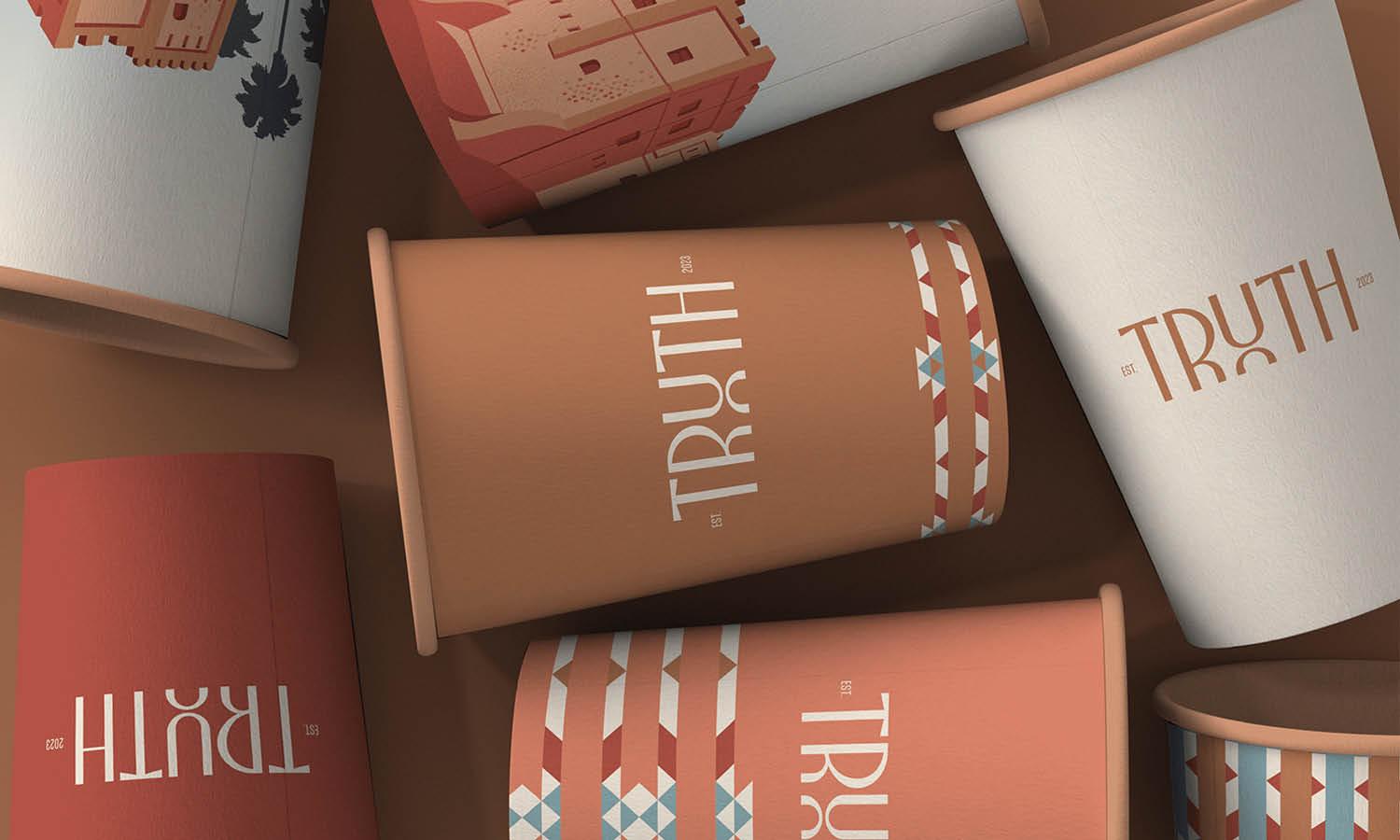

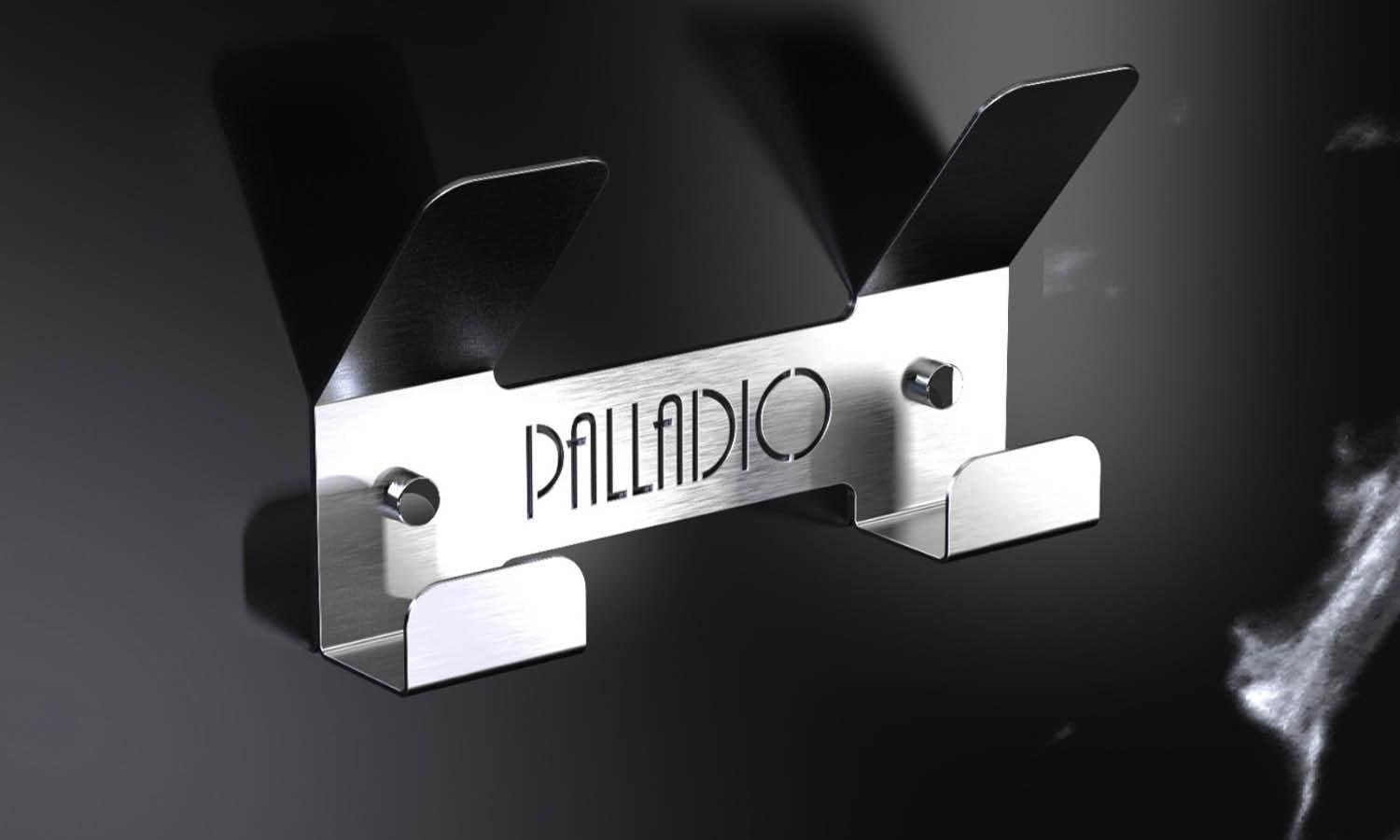
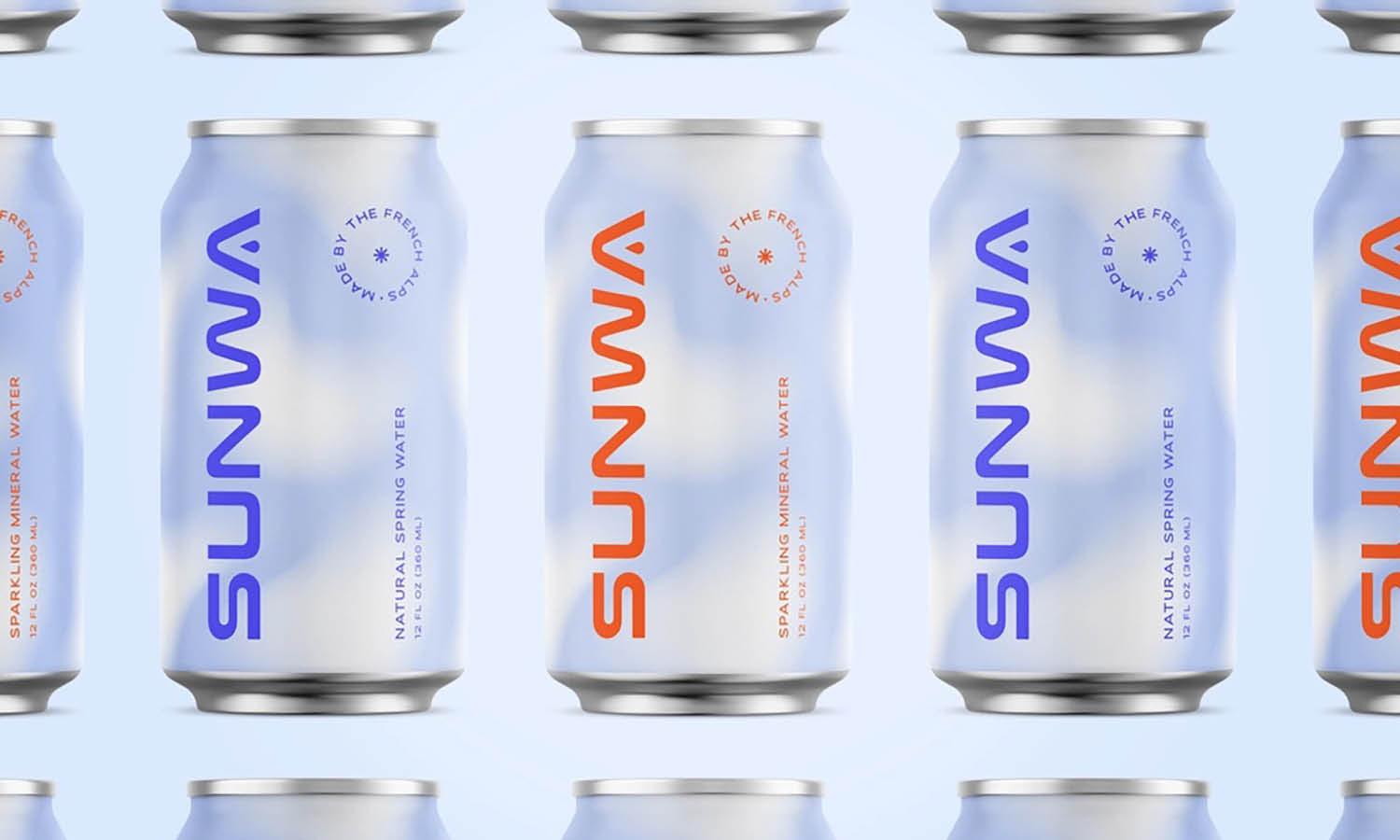
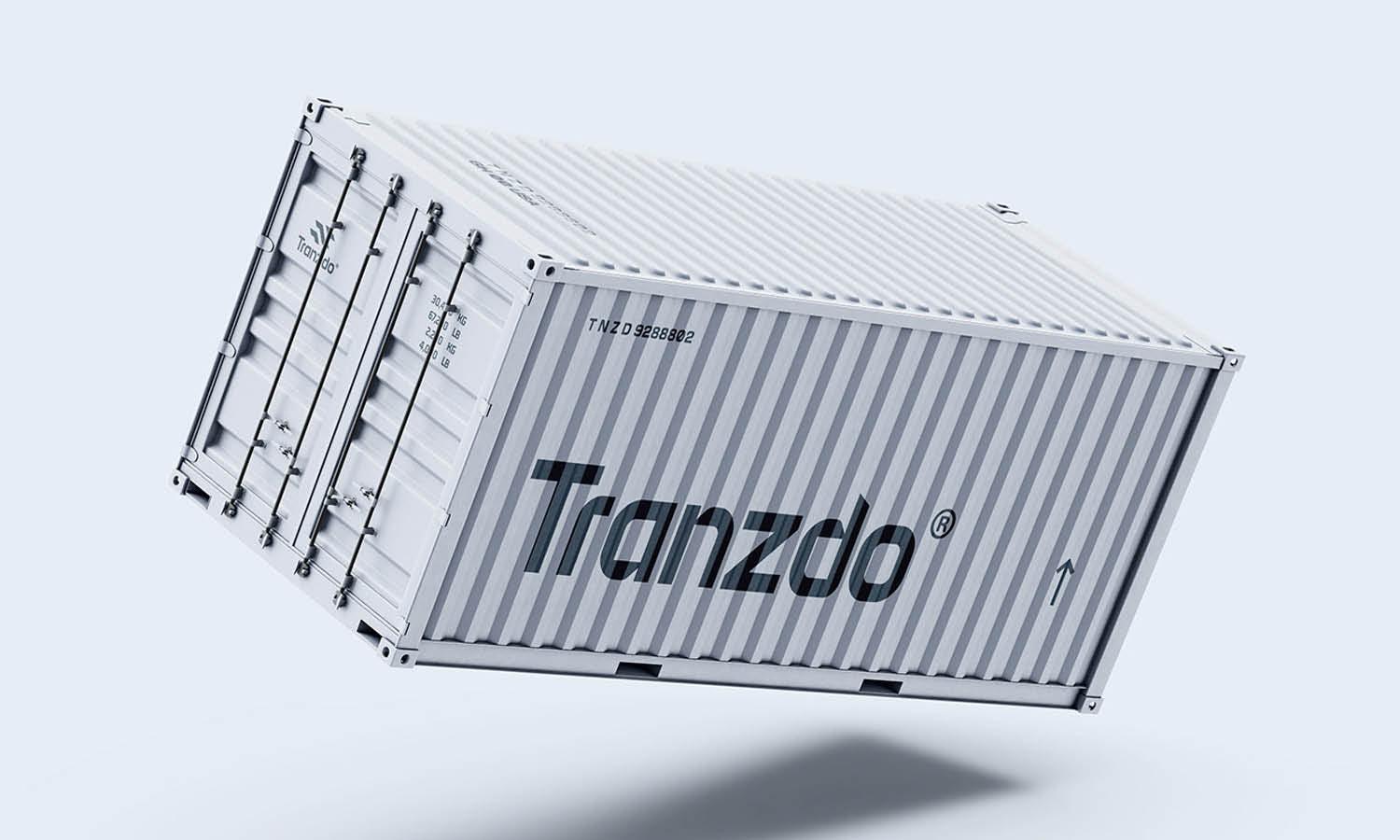
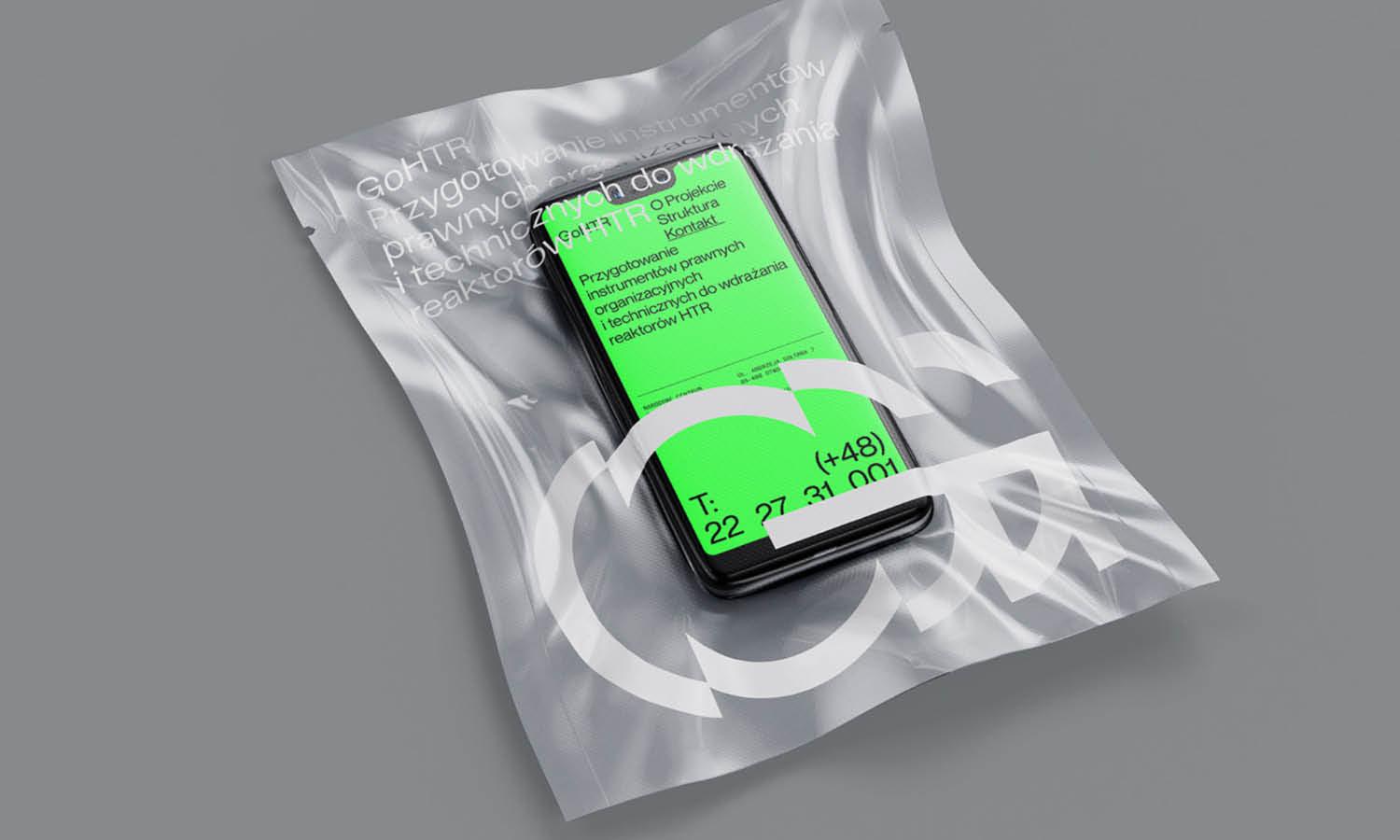
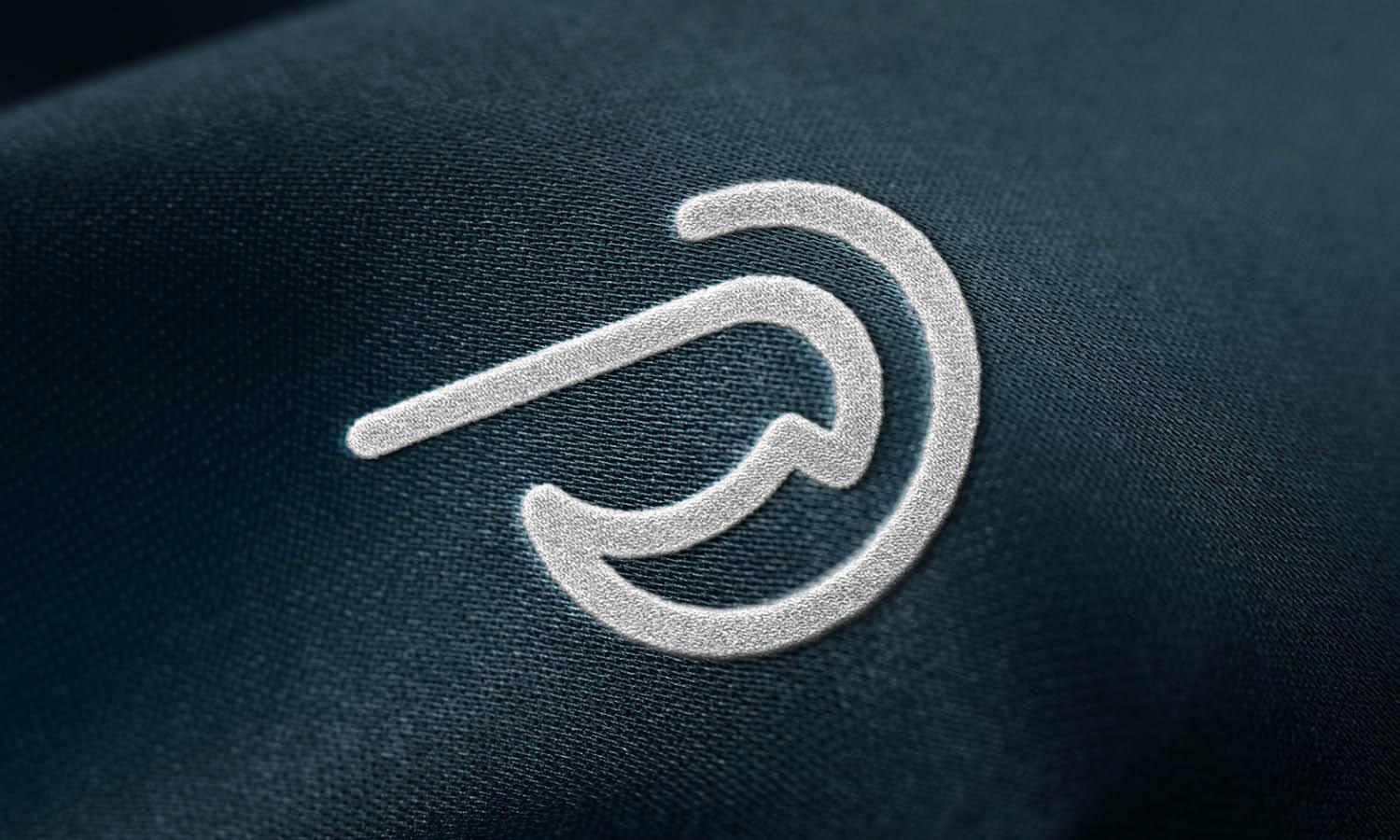








Leave a Comment